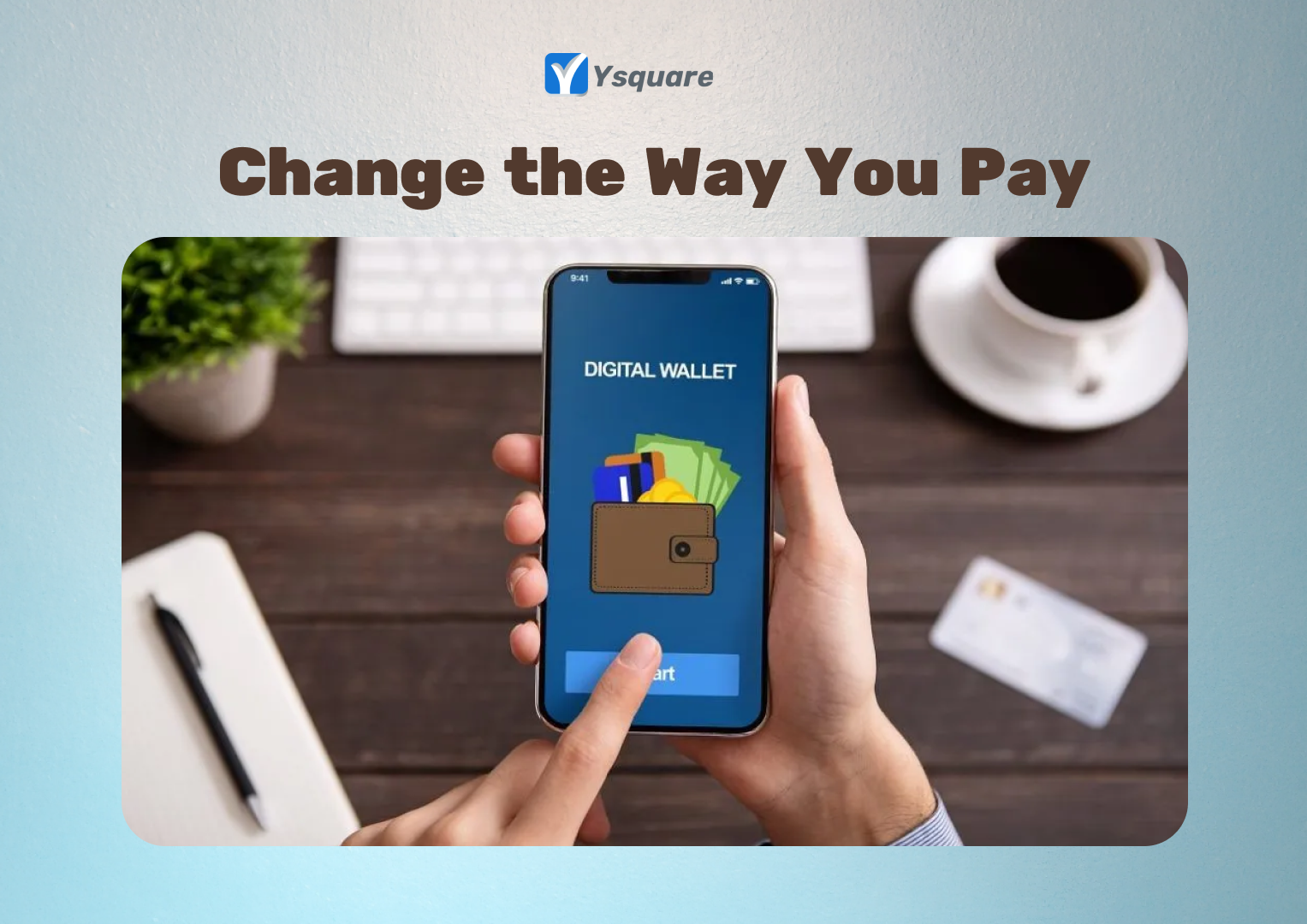

Change the Way You Pay: Digital Wallet apps at your convenience.
A #digitalwallet is a secure #software application that stores payment information, like credit cards and bank details, allowing users to make electronic transactions easily.
The different types of digital wallets
1. Open Wallet: Offers broad financial transaction capabilities, including payments and transfers within and outside the provider’s ecosystem.
Flexibility: Transfer and withdraw funds easily. Example: Google Pay, Apple Pay
2. Closed Wallet: Limited to transactions within a specific merchant’s platform or ecosystem, often used for loyalty programs and specific services.
Flexibility: Cannot transfer or withdraw funds. Example: Ola Money, MakeMyTrip, BookMyShow
3. Semi-Closed Wallet: Allows transactions within a network of affiliated merchants and service providers, offering flexibility within boundaries.
Flexibility: Can transfer funds. Cannot withdraw cash or redeem by the wallet holder. Example: Paytm, PhonePe
A digital wallet makes money from transaction fees: deposit, withdrawal, or transfer fees. For example, for each recharge made through the digital wallet, the company receives a commission of about 2 to 3%.
Different digital wallets use different #technologies to process #payments:
1. NFC (Near Field Communication): This allows two devices to exchange information if they’re placed close to each other. Apple Pay and Google Pay use this digital solutions.
2. MST (Magnetic Secure Transmission): This generates a magnetic signal, much like when you swipe the magnetic stripe on a credit card. The signal is transmitted to the payment terminal’s card reader. Samsung Pay uses both MST and NFC technology.
3. QR codes: These are barcodes you can scan with your smartphone’s camera. In the PayPal app, for example, you can generate a QR code that lets you use your account to pay for an item in a store.
How can you supercharge your business with bespoke solutions and products.